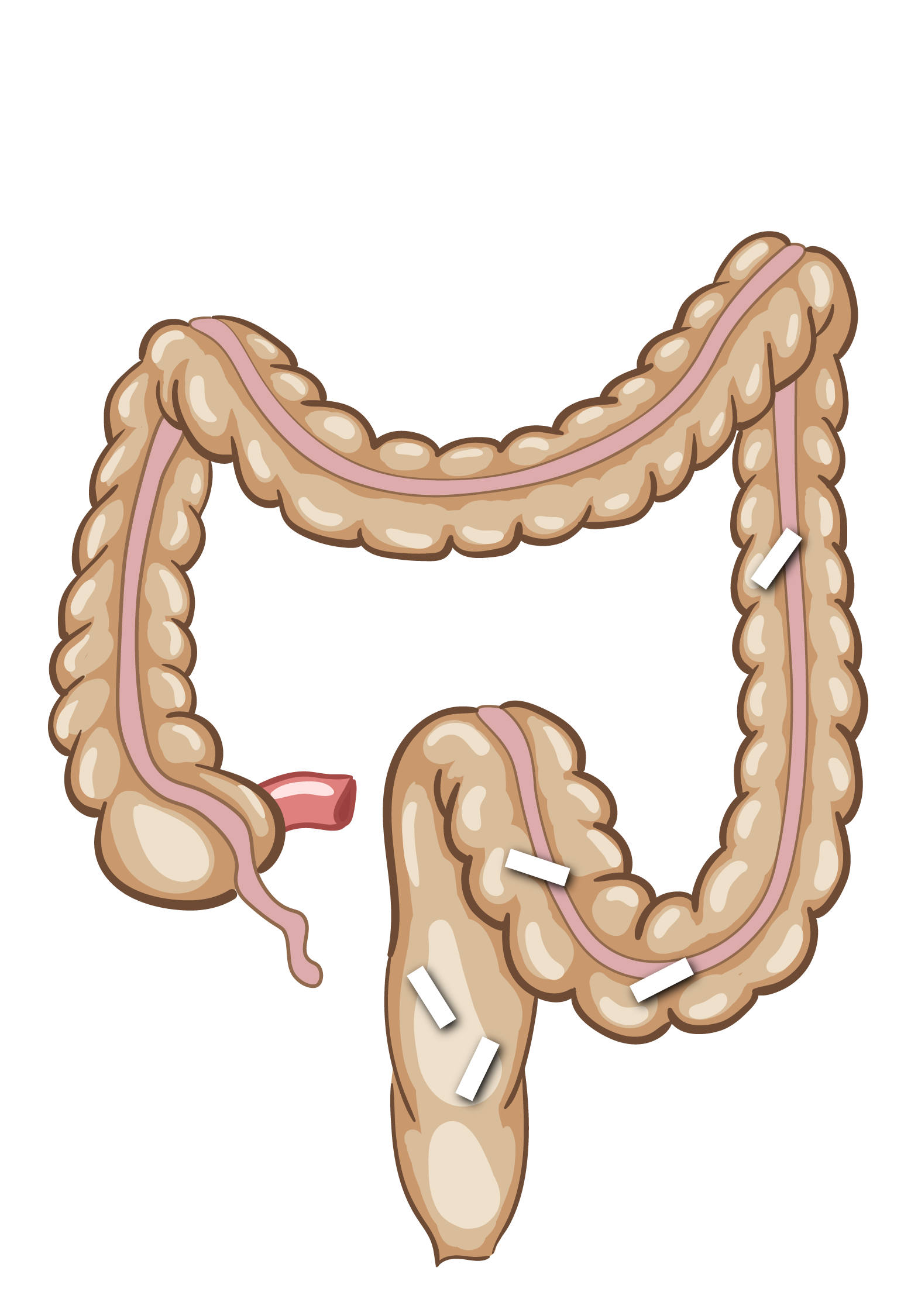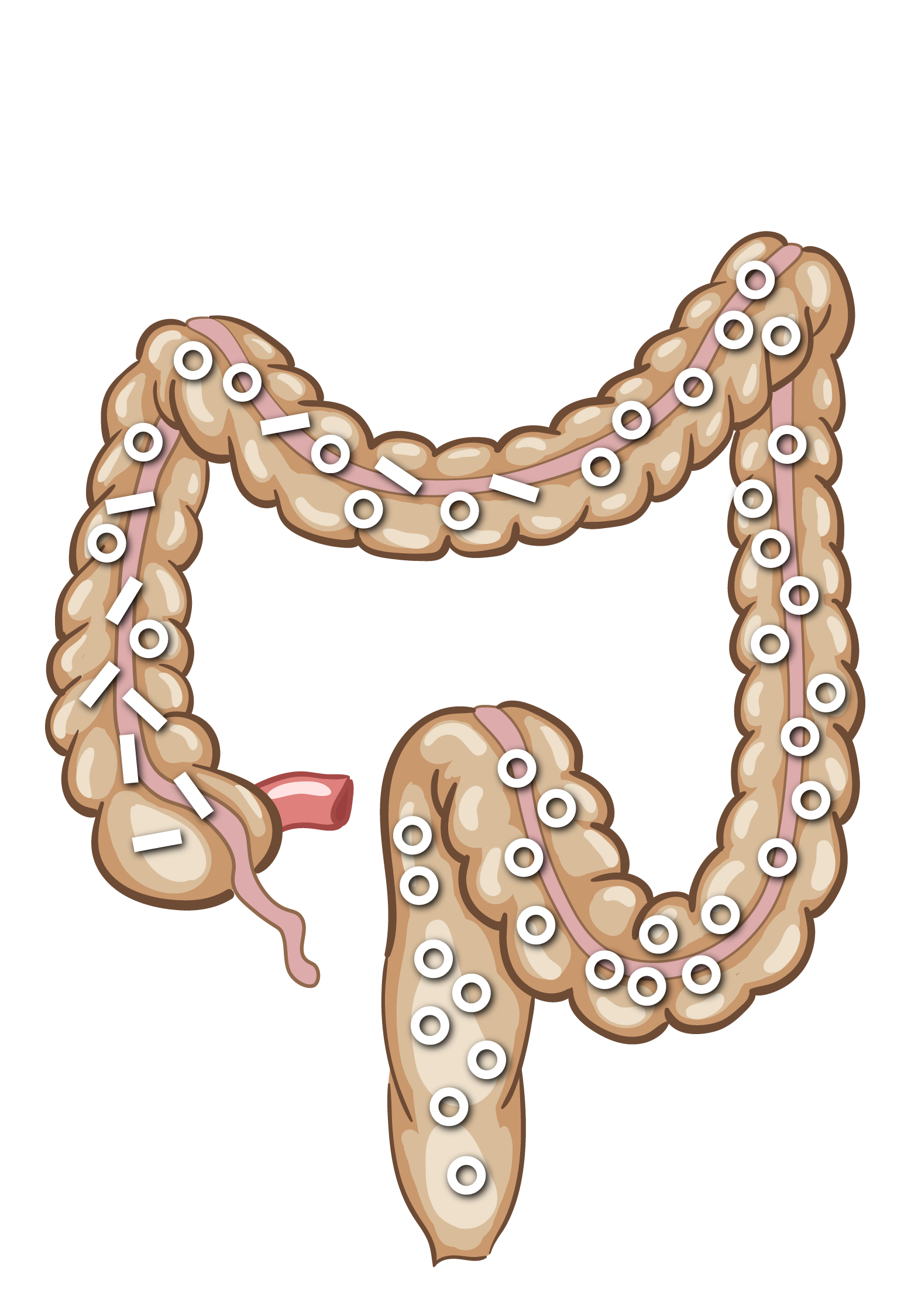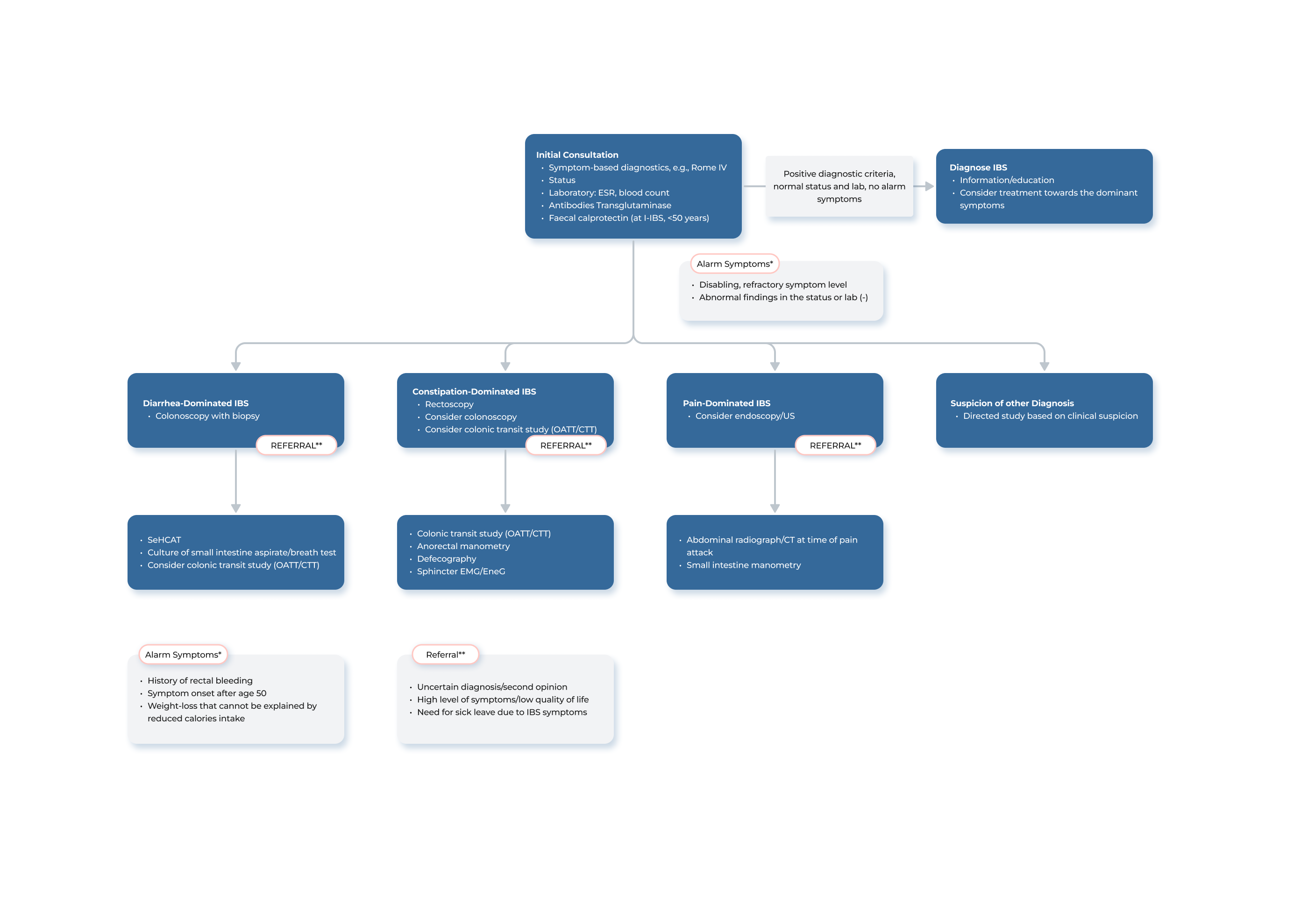Profesionales de la salud
Nos enorgullece ofrecer marcadores radiopacos Transit-Pellets de última generación que están diseñados para mejorar la evaluación y el tratamiento de trastornos de la motilidad como el estreñimiento, la diarrea y el síndrome del intestino irritable (SII). Nuestros marcadores se fabrican según el Transit-Pellets method. Además, proporcionamos un informe de prueba de tránsito colónico estandarizado en línea que está diseñado para médicos tratantes y radiólogos.
Método validado y marcados de tránsito colónico seguros para la evaluación cuantitativa del tránsito colónico general y regional
El Transit-Pellets method y los Transit-Pellets marcadores radiopacos (radiopaque markers) pueden usarse para:
- Medir el tránsito colónico rápido, normal y lento
- Diferenciar entre el estreñimiento de tránsito lento y de tránsito normal
- Identificar disfunciones segmentarias del colon en pacientes con estreñimiento
- Diferenciar entre diarrea de tránsito normal y rápido
- Identificar los efectos del tratamiento en pacientes con estreñimiento crónico
Una prueba de tránsito colónico con el Transit-Pellets method, anteriormente conocido como el Abrahamsson method, y marcadores radiopacos Transit-Pellets puede cuantificar la gravedad de los problemas de tránsito. El examen puede ser importante para determinar la necesidad de otros procedimientos de examen, seleccionar la terapia apropiada y predecir el pronóstico a largo plazo Los resultados de la prueba pueden utilizarse para orientar la toma de decisiones en estas áreas.
Podrá encontrar referencias en el apartado VALIDATED METHOD.
Ilustración del movimiento de un marcador Transit-Pellets

Questions?
Contact Us. We’re here to help!
Diana Nyström
+46 (0) 8-460 072 06
diana.nystrom@medifactia.com






